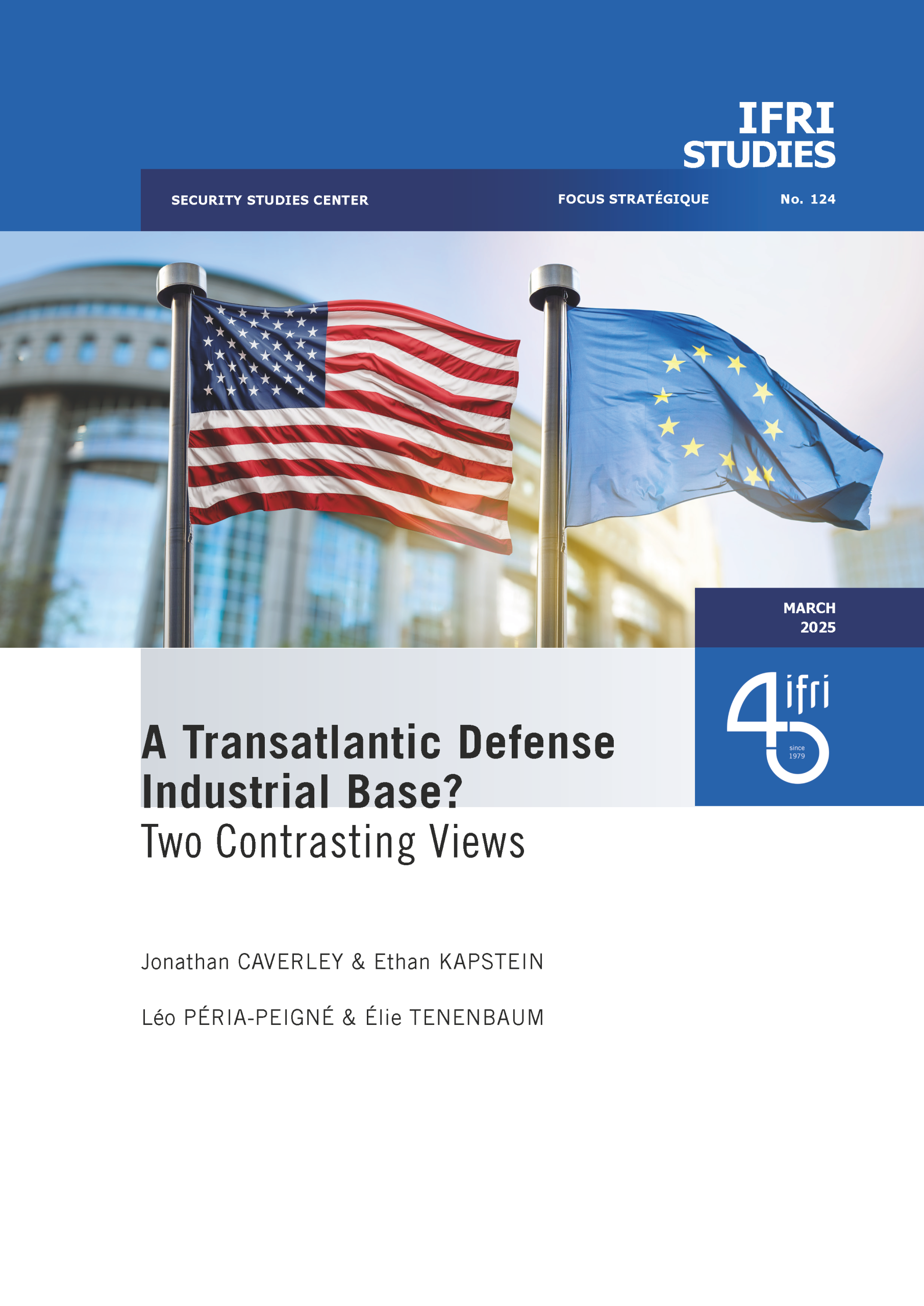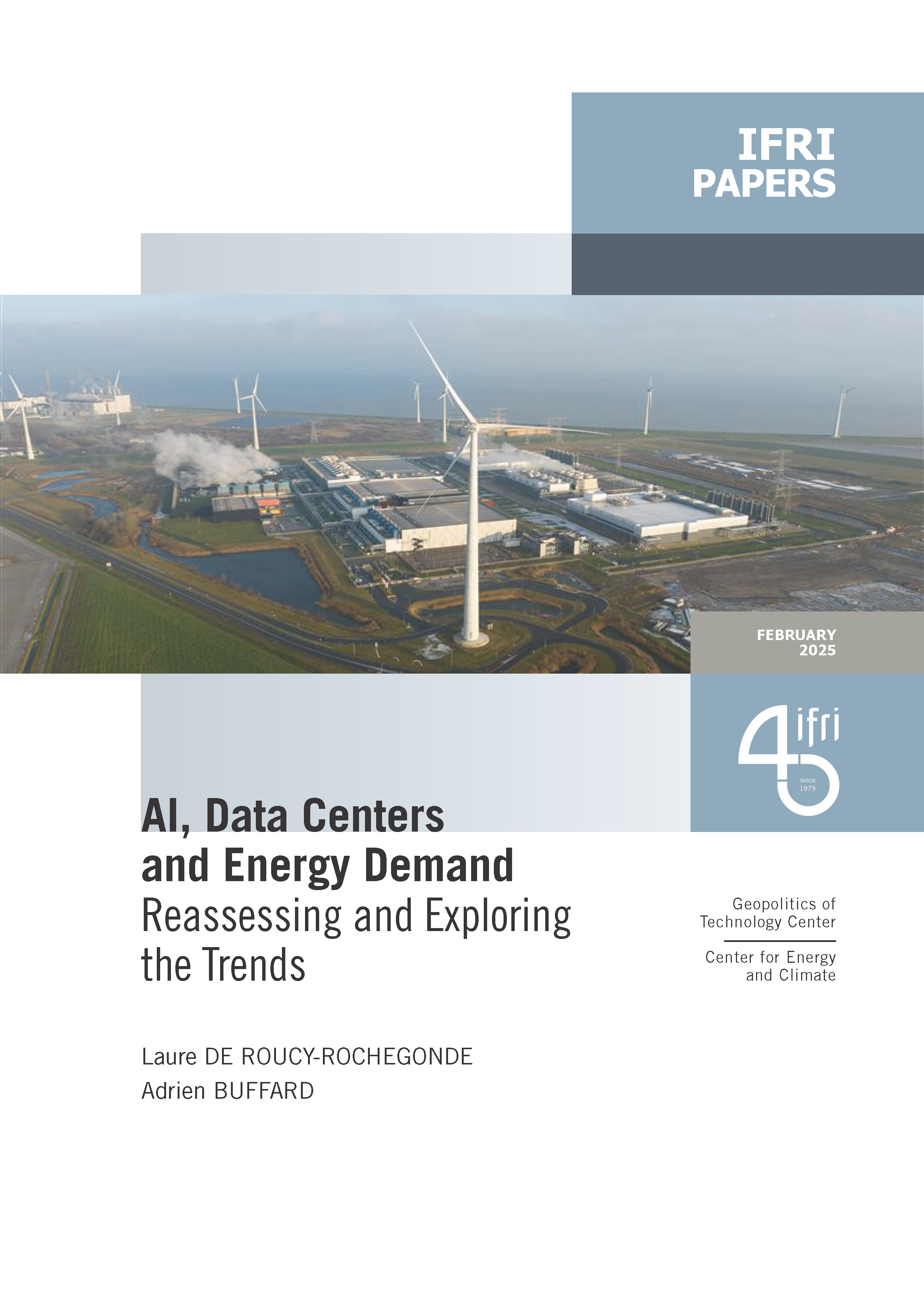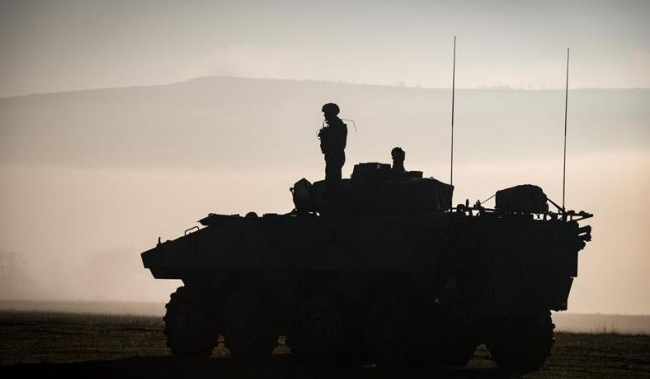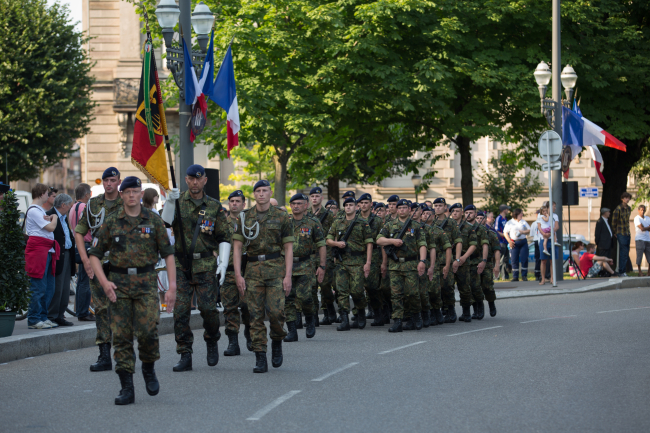La fourmilière du général : le commandement opérationnel face aux enjeux de haute intensité
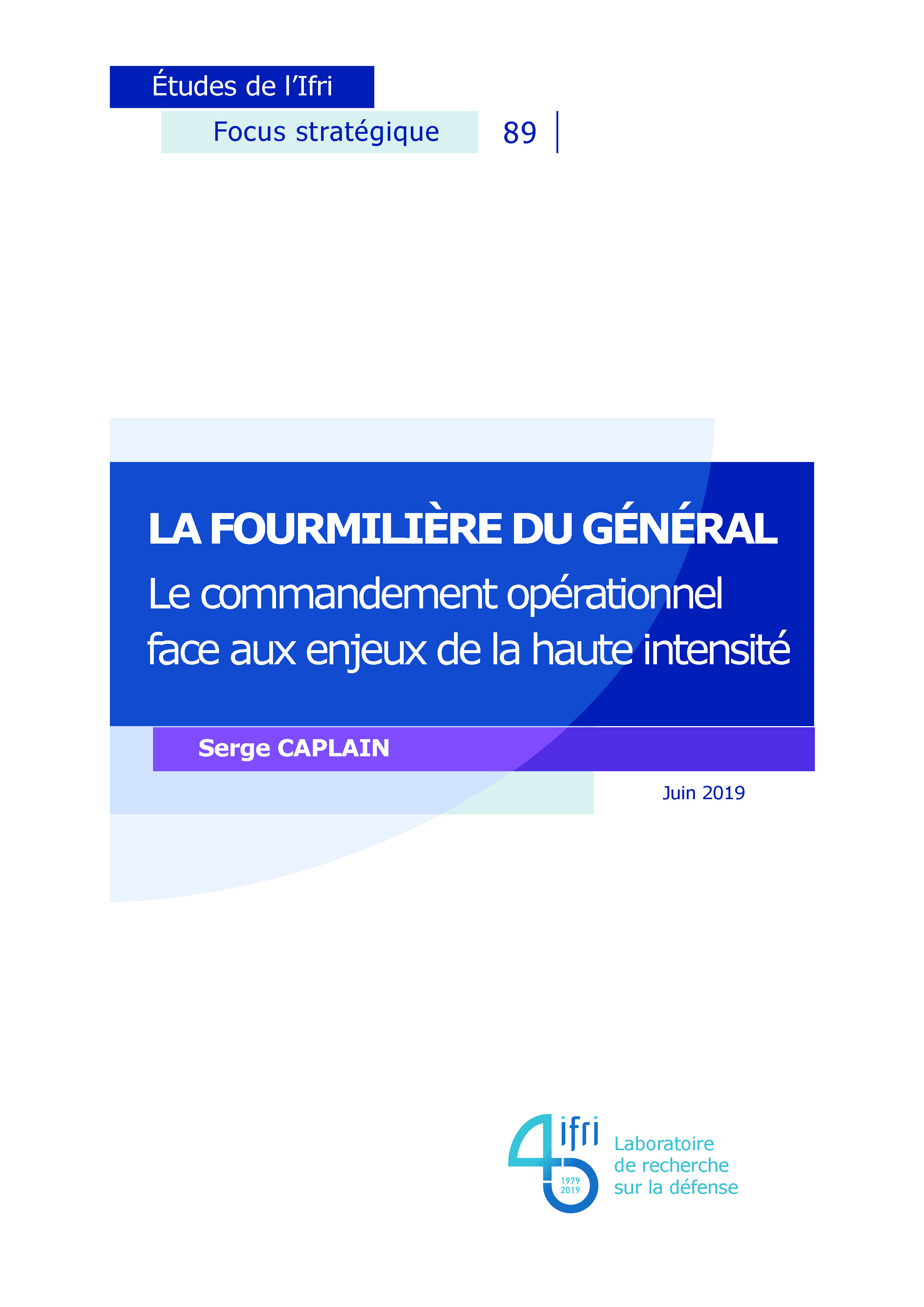
Operational command structures have always been able to adapt to the strategic context. However, they now face a new challenge: high intensity threats.
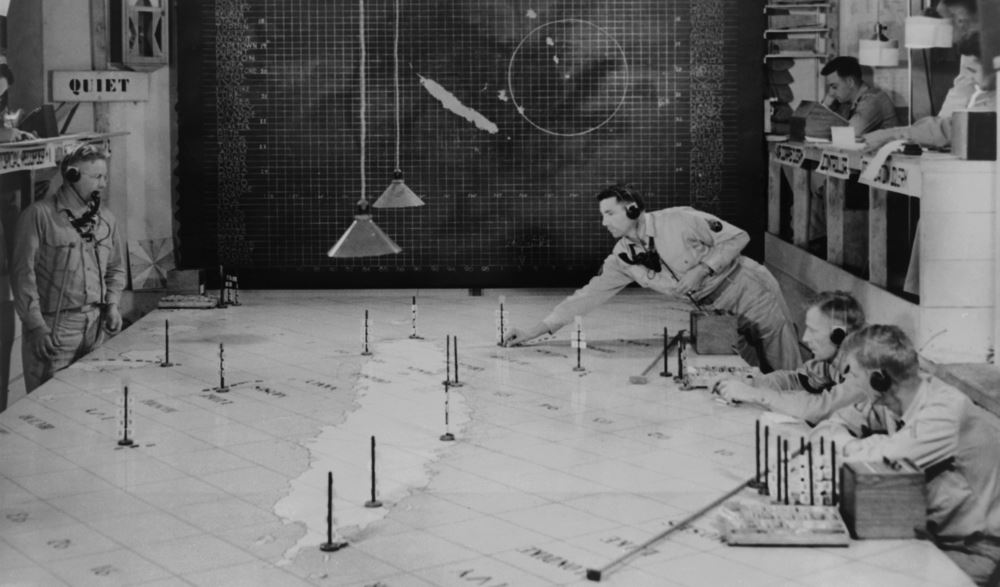
Modern operational command structures, although very different from their elders, perform more or less the same functions. These are systems of systems which allow military leaders to command and control armed forces in operation, from the highest strategic level to the lowest tactical level. Under the combined effect of new technology, multilateralism or in order to adapt to asymmetric conflicts, these structures have become increasingly complex and resource-intensive. But as high intensity threats are re-emerging, command structures will need to evolve and face new challenges, especially in terms of vulnerability. Even though inertia and resistance to change should not be downplayed, there is ample room for improvement, mixing technology and human factor, so as to better protect existing structures and adapt them to their new environment.
This content is only available in French: La fourmilière du général: le commandement opérationnel face aux enjeux de haute intensité.

Regions and themes
ISBN / ISSN
Share
Related centers and programs
Discover our other research centers and programsFind out more
Discover all our analysesA Fragile Consensus? The Pressure on the Norm Against Nuclear Testing
Apart from North Korea, no state has conducted explosive nuclear tests in the 21st century, reflecting the emergence of a strong international norm against such testing.
The Franco-German Brigade and the Revival of European Defense
One thing has been clear since Donald Trump's return to the White House: the very existence of the European unification project is threatened. Unless it develops a sovereign defense policy to counter the war in Ukraine and the weakening of American security guarantees, the European Union will continue to see its internal cohesion and external attractiveness wane.
Taking the Pulse: Can Europeans Build Their Independent Extended Nuclear Deterrent?
Confronted with a U.S. disengagement and the Russian threat, Europeans are reconsidering their stance on nuclear deterrence. Given the capabilities of the French and British arsenals, can Europe develop an independent nuclear deterrent?

RAMSES 2024. A World to Be Remade
For its 42nd edition, RAMSES 2024 identifies three major challenges for 2024.


